After resting the night in the city of Pachuca and having filled your belly with the local pastes (Cornish-style pasties), you head eastward along the rural highway towards Tulancingo. The English influenced mining town has given you an insight into how European cultures other than the Spaniards have had their impact on Mexico and its cuisine. The pastes gave you the taste of Cornwall in England, but as you make your way past Mexican farms and smallholdings you are nearing a place that is definitely a Mexican original. You take an exit off the main road and the surface becomes more rugged. Passing through what you might call a one burro town, you arrive at green spot encompassed by a curtain of cliffs. Leaving your car and climbing upward to the top of a small hill in the centre of the rock ringed bowl you come across that last vestiges of the city that once stood here; Huapalcalco, the playground of Quetzalcoatl.
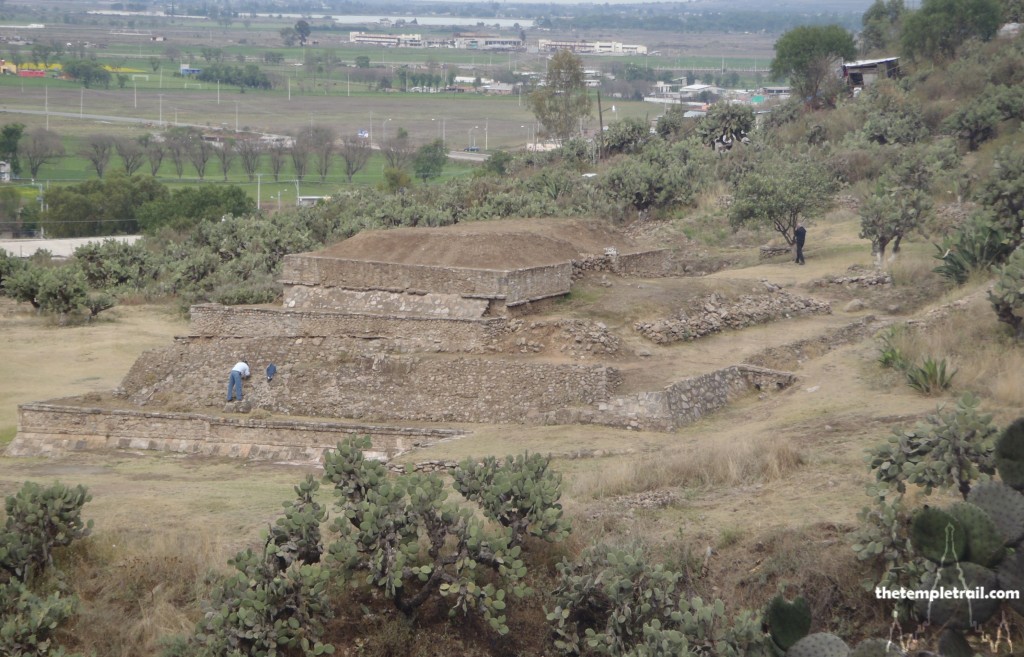
The region was a melting pot of civilization having been the home to early hunter-gatherers and then going through various phases of occupation. The Toltecs founded the permanent settlement of Tulancingo in the mid-7th century AD. In the 11th century the area was a trading hub for the Totonac and Otomi-Tepehua people while the 12th century saw power in the region shifting to the Chichimecas. By the 13th century the Tlaxcaltecas were in charge, but in the 15th century the Aztecs of Texcoco finally won dominion over the area.
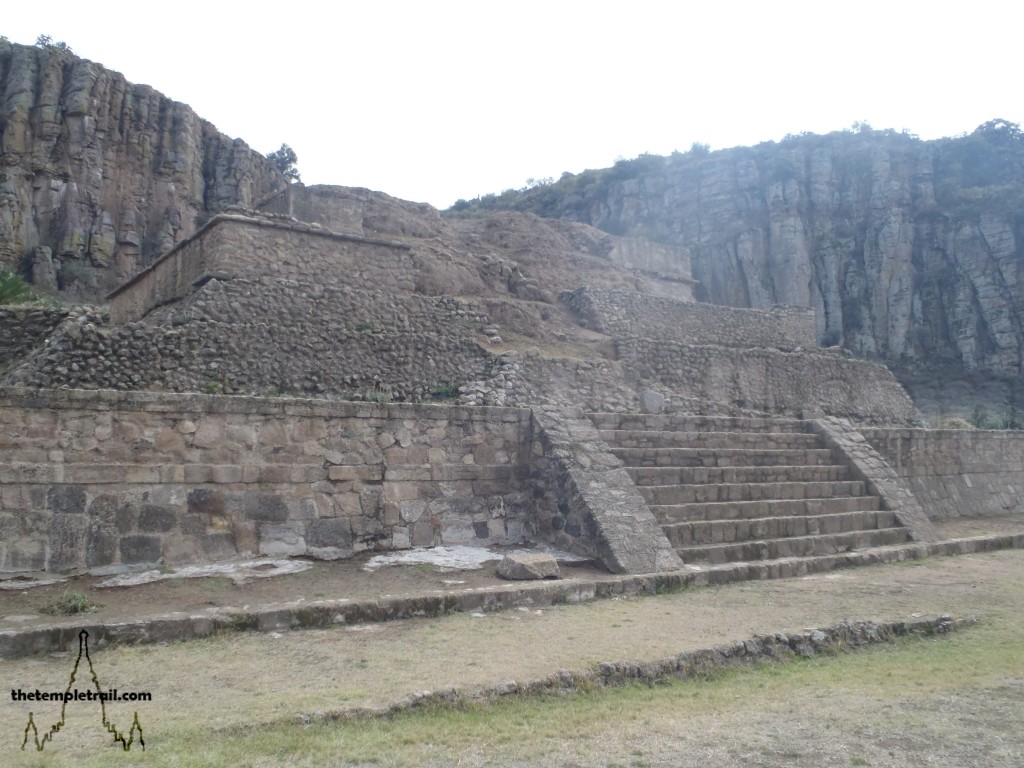
The site of Huapalcalco (meaning ‘the place of the wooden house’) has been occupied since 9000 BC, but the first major civilization there was Olmeca-Xicalanca. The Olmeca-Xicalancas came from the Yucatan peninsula and were responsible for the grander sites of Cacaxtla and Xochicalco. The Olmeca-Xicalanca settled in Huapalcalco in the twilight years of Teotihuacan. The pyramid that can be seen today shows influence from Teotihuacan, but was part of the Toltec site that was founded in the mid-7th century. According to Toltec folklore, the god-king Ce Acatl Topilitzin Quetzalcoatl lived at Huapalcalco prior to becoming the ruler of Tula.
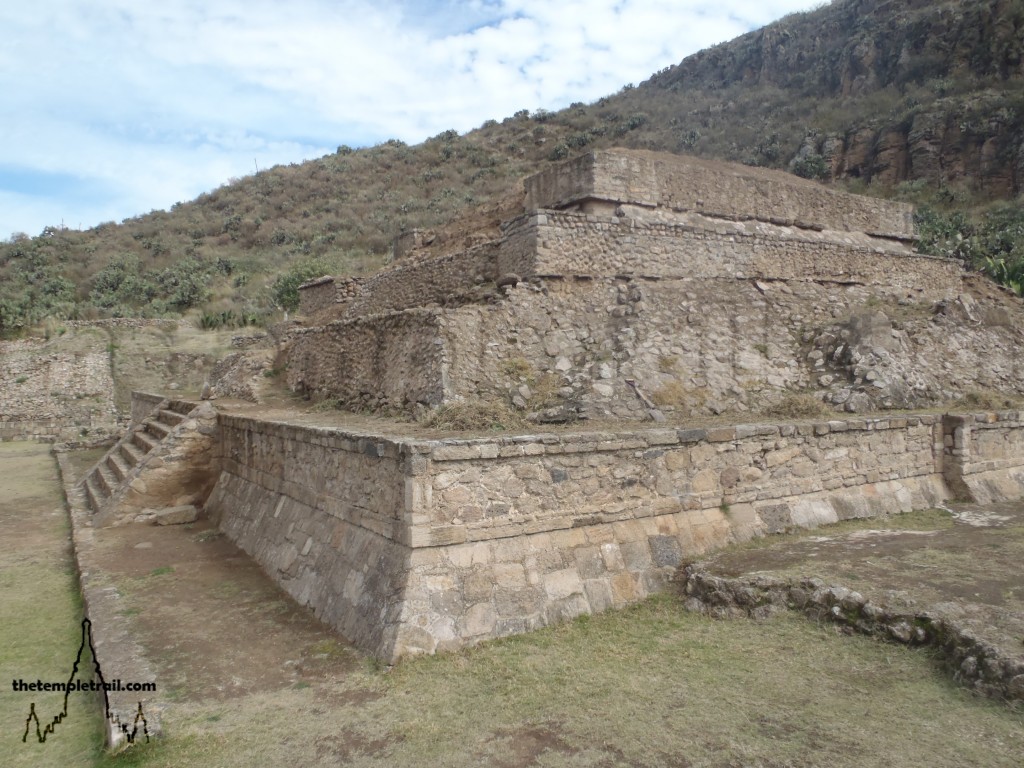
The pyramid and plaza were excavated in 1954 by Florence Müller and César Lizardi and they found a stela that does not fit into any of the major cultures’ signature styles. There are 28 mounds covering smaller pyramids that haven’t been excavated. This indicates that Huapalcalco was a significant ritual centre. The main pyramid itself is a compact beauty with a clear Teotihuacan influence. This small but well formed structure is evidence of Huapalcalco being an intermediary site for the Toltecs as the power shifted from Teotihuacan to Tula. On the top of the pyramid, rituals would have been performed to the Toltec gods; perhaps the sun god. The pyramid is the main structure of Huapalcalco and the other smaller mounds seem to focus on it. The hill on the southeast corner has a stone and stucco pyramid base and the northwest corner on the other side of the canyon his home to a building complex called Iglesias Viejas (old churches).
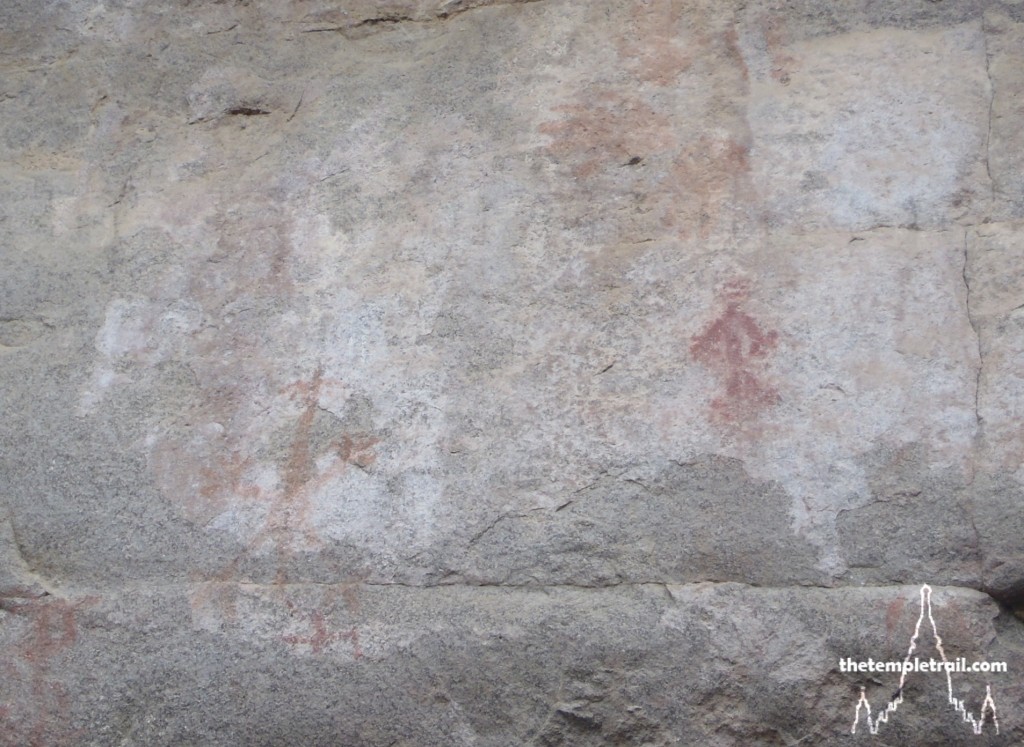
As you move towards Cerro La Mesa (table hill) that lies behind the pyramid, the cliff appears to be watching you. It has been claimed that the rock formations were carved to look like faces, but the evidence indicates that it is a natural coincidence. As you get closer, you can feel the energy coming from the rock and you start to make out cave paintings crafted by ancient hands. The caves have long since eroded away, but the paintings that were once sheltered within them are plain to see despite being exposed to the elements. The paintings directly behind the pyramid depict hunting scenes. Men armed with atláns (a palaeolithic weapon like a mace or club with a dart on the tip) hunt lizards and other small creatures. In 9000 BC, when the images were painted, a major source of animal protein was the duck population that inhabited the nearby lagoon. The atlán would have acted like an extension of the arm during the hunt. The hunter-gatherers of the caves supplemented their meats with fruits and vegetables they foraged and they were able to cook their food as they had fire.
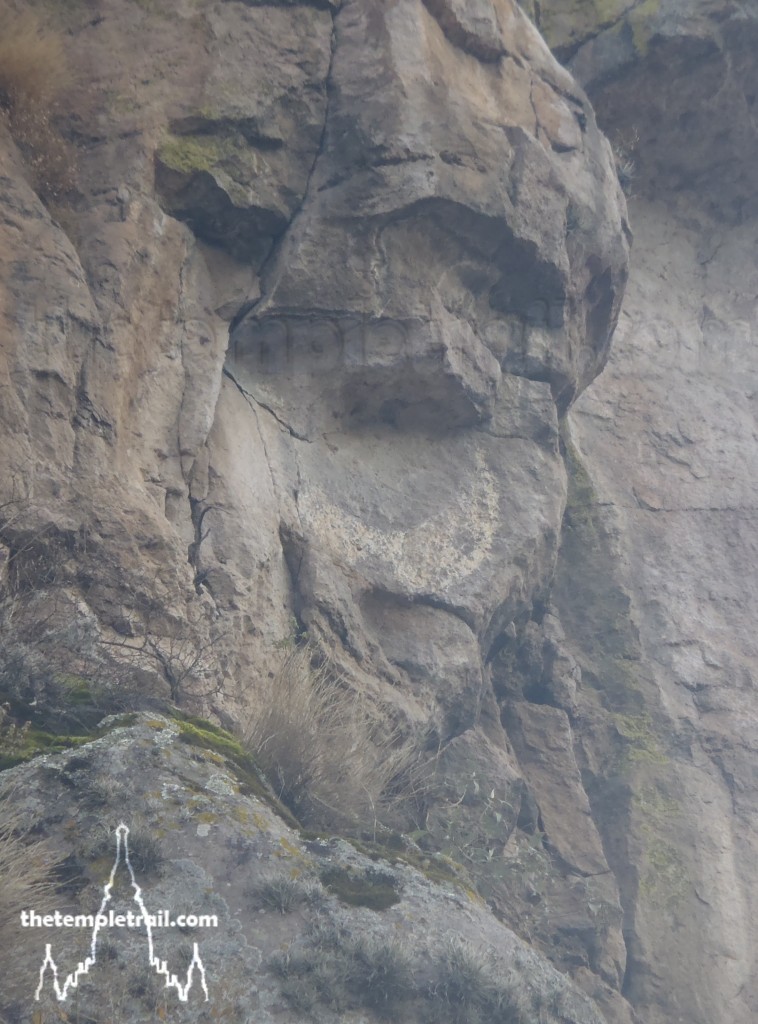
Looking up the rock face, your eye is drawn to a painting of the moon. The lunar alignment and its phases were clearly of importance to the ancient people who inhabited the caves here 11,000 years ago. Their way of life lasted for at least a thousand years and the discover of a prehistoric man from around 8000 BC in Tecolote Cave, to the right of the pyramid, proofs this. Making your way to the cave along the path that skirts the cliff, your attention is drawn back to the pyramid. Despite its diminutive size, it is clearly the focal point of the entire area. From here on the edge of Cerro Tecolote, you can see how the rites and sacrificial spectacle that took place on the altar atop the pyramid would have been visible by all of the ‘stone faces’ that look down upon it. The natural amphitheatre would have accentuated the performance to appease the gods.
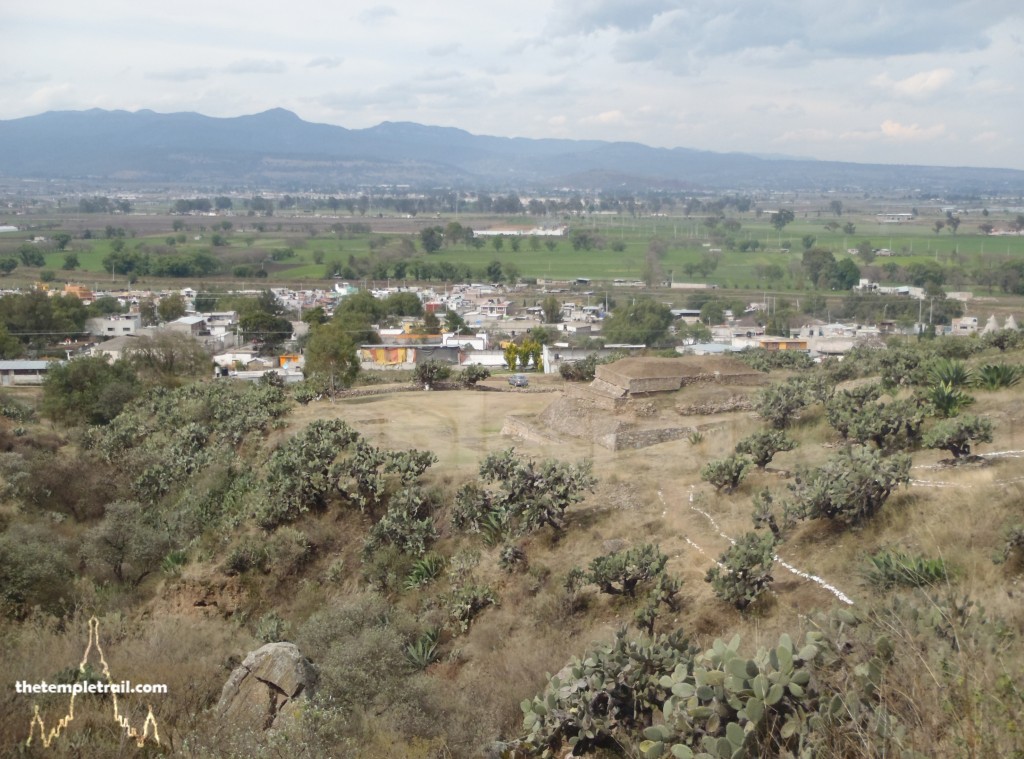
Many local people still believe in the age old myth of Huapalcalco. The gods were angry with the people of Huapalcalco as they simply built on the achievements of previous occupants and they had not conquered their own empire. As punishment, they buried the city. On a 24th of June at 12pm a bridge will appear between Cerro La Mesa and Cerro Tecolote. Only a person of pure heart will be able to cross it and pull a golden cord that will raise the city from the ground and back to its glory. Tecolote cave doesn’t look like much now, but it was once a large living space. The spiritual significance of the caves remains to this day. On the day of the dead, the locals still put altars in the caves to honour the deceased. Among the graffiti and defaced walls, the locals have painted white crosses in places to stop nahuales (shape-shifting magicians) from using the site. The deep rooted fears they have for these mysterious figures, much like their belief in the legend of Huapalcalco, hark back to their pre-Colombian ancestors.
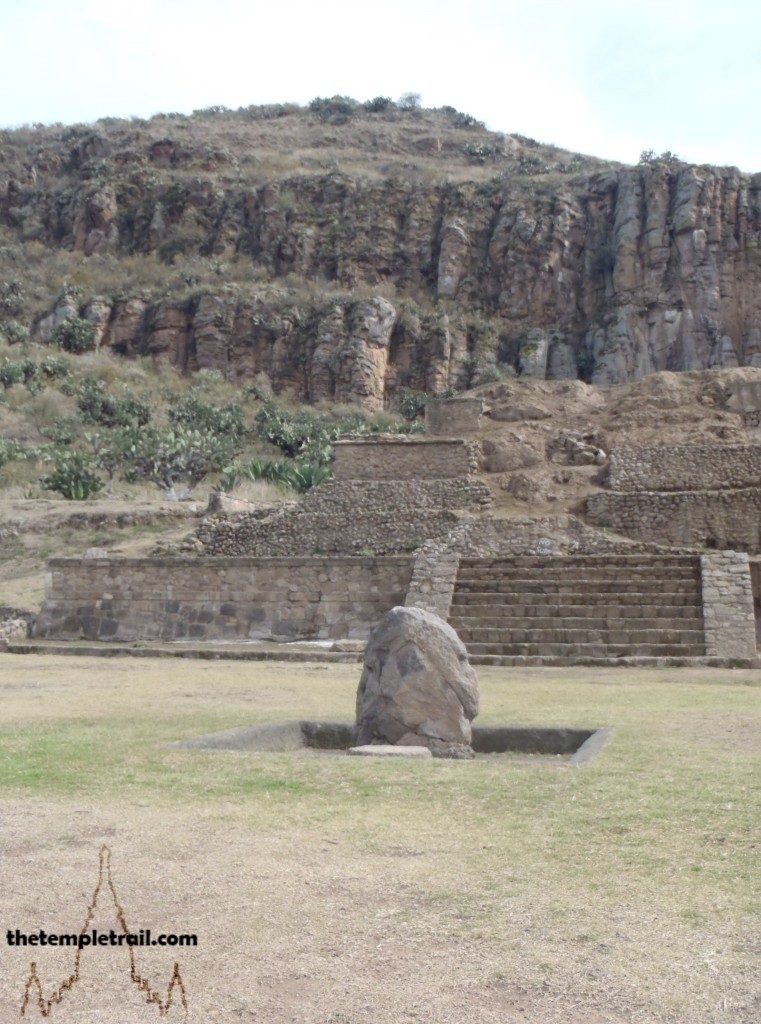
Scrambling back down the escarpment to the pyramid, you have returned to the centre of the stage. The faces watch you as you walk past the stele that stands in front of the pyramid’s steps and bore witness to the rites that happened there. The power of the site pulls at you and you realize that it has the energy of many thousands of years of human contact. It is one of the most ancient places on the planet and human spirit has been more than painted on its walls; it has been implanted deep within its rocky core.
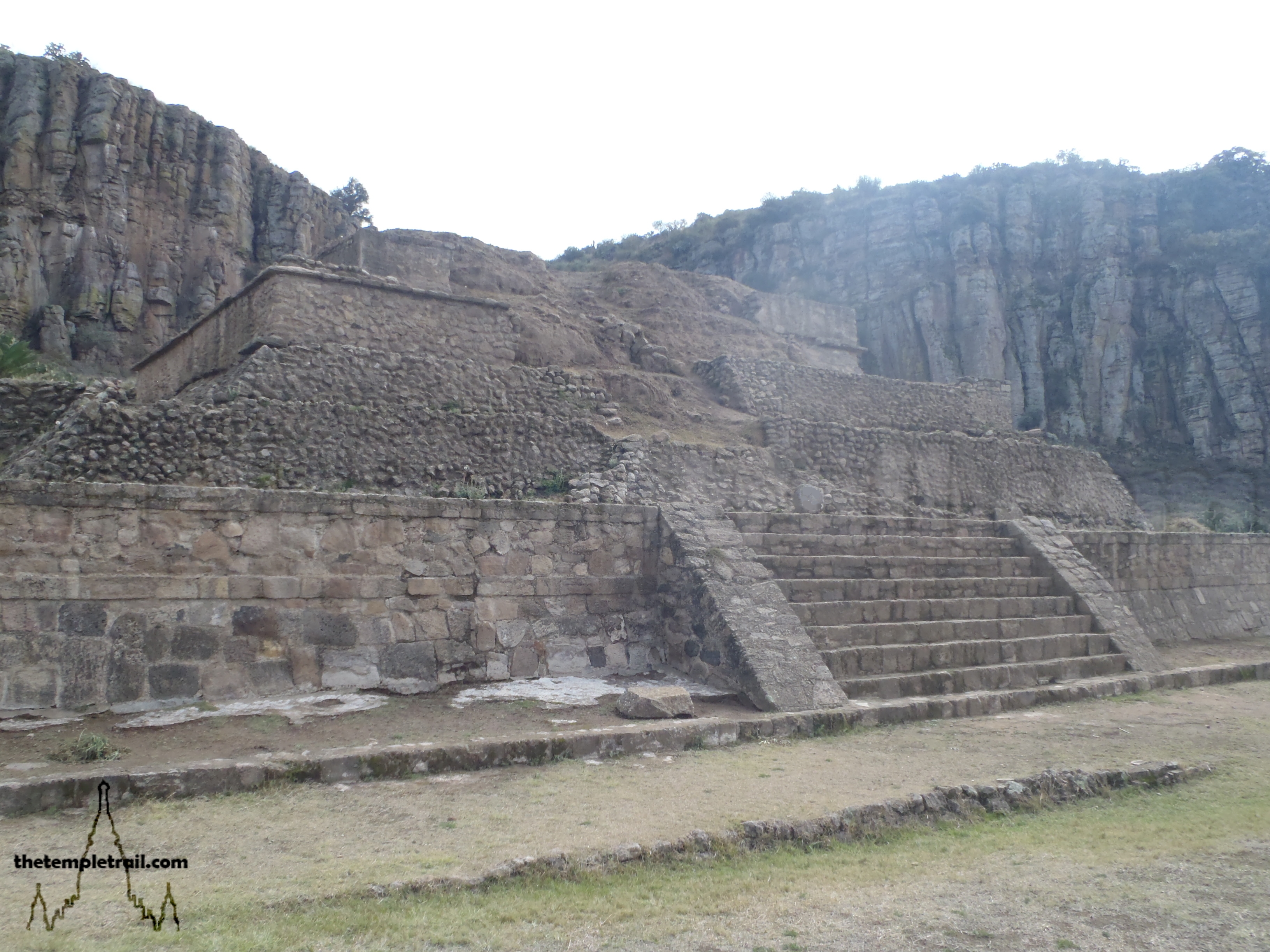
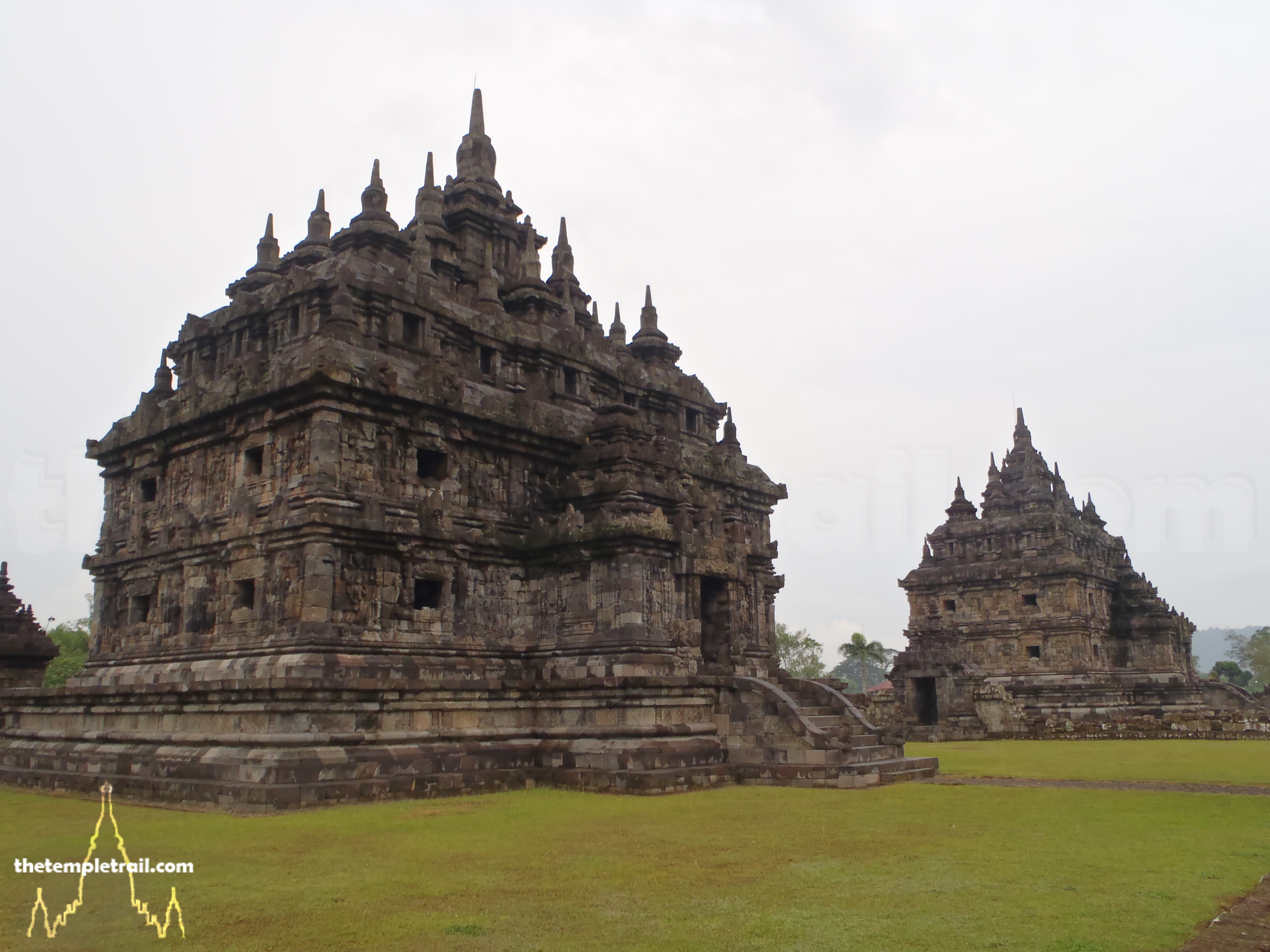
Fine site. Well written and presented. Viva Mejico!
Thank you very much Art.
Tom